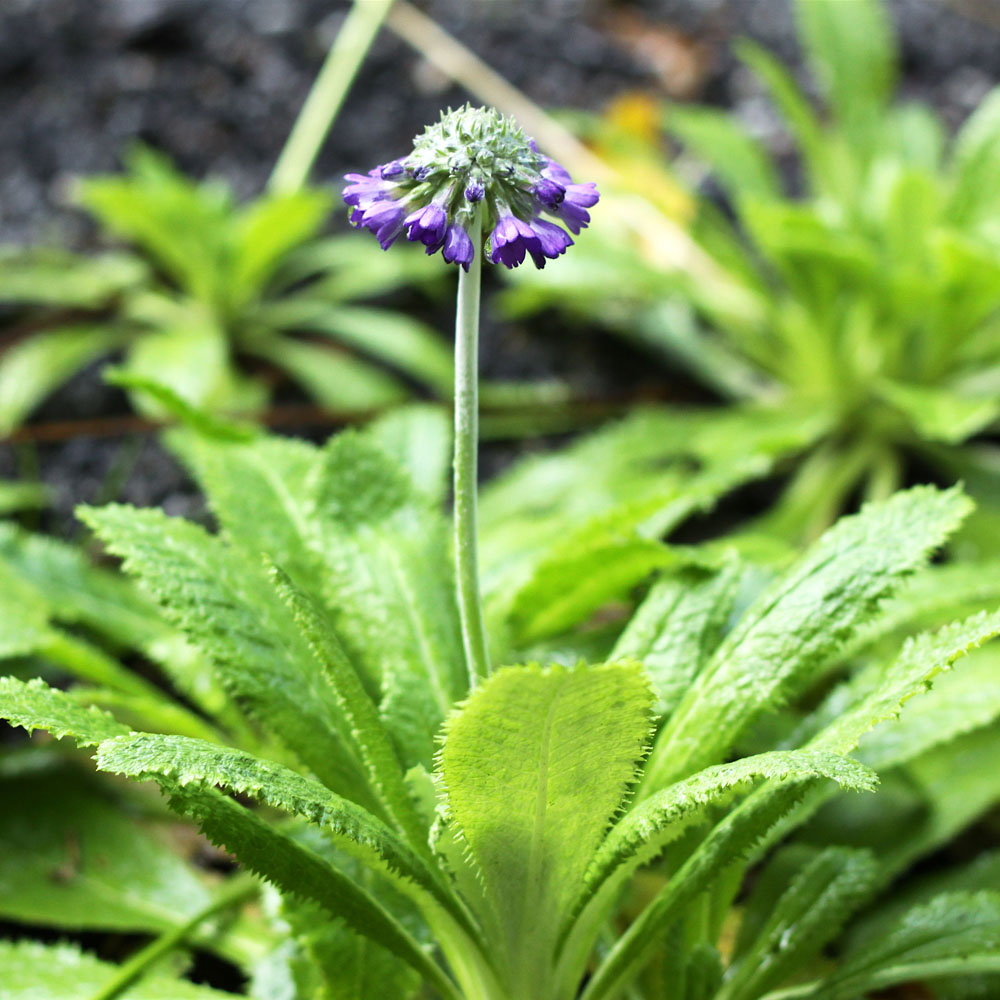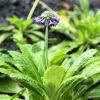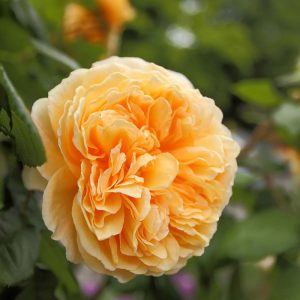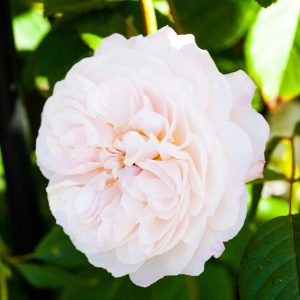Description
Primula capitata ‘Noverna’ is a beautiful and unique variety of Primula, also known as drumstick primrose. It is a herbaceous perennial plant that is known for its striking, blue, drumstick-shaped flowers that bloom in late spring to summer and can even go through to September. The flowers are held on tall, sturdy stems above a rosette of green leaves. It grows to a height of 0.5m and width of 0.5m. It prefers partial shade and moist, well-drained soil. It is also suitable for planting in rock gardens, as an accent plant in a mixed border or in containers. It’s not tolerant of extreme heat or dry conditions. The Primula capitata ‘Noverna’ is a beautiful and unique plant that adds a striking color to any garden.
Key Facts
- Common Name(s):Round-headed Himalayan primose
- Hardiness:Fully hardy
- How big will I get? Primula capitata ‘Noverna’ can grow to a height of 0.5m and a spread of 0.5m.
- Did You Know That:Primula capitata ‘Noverna’ It is a great choice for naturalizing, as it can spread and form a ground cover if left undisturbed?
Plant Calendar
A rough guide to how this plant will change through the year.
| Jan | Feb | Mar | Apr | May | June | July | Aug | Sept | Oct | Nov | Dec | |
| Flowering Time |  |
 |
 |
 |
 |
|||||||
| Foliage Colour |  |
 |
 |
 |
 |
 |
 |
 |
 |
 |
 |
 |
| J | F | M | A | M | J | J | A | S | O | N | D |
 |
 |
 |
 |
 |
|||||||
 |
 |
 |
 |
 |
 |
 |
 |
 |
 |
 |
 |
Care Guide

Soil Requirements
Primula capitata ‘Noverna’ thrives in wet or damp soil with decent drainage or in poorly draining soil. This plant is not tolerant of alkaline soil, it requires either a neutral or acidic soil to grow.
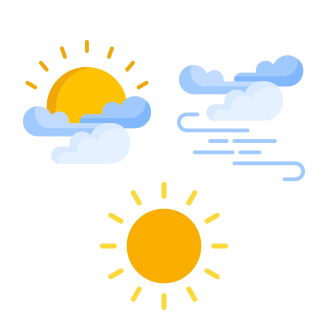
Best Position
Primula capitata ‘Noverna’ can handle either an exposed or a sheltered position and likes the sun but not too much of it, so an area that is partially shaded is perfect.

Maintenance
Primula capitata ‘Noverna’ is fairly low maintenance and doesn’t require any pruning.

Pest, Diseases and Wildlife
Primula capitata ‘Noverna’ can have problems with aphids and slugs, it can be vulnerable to certain diseases such as leaf spot. It is also known to attract bees, butterflies and other pollinators. It is toxic to cats, dogs and horses.
